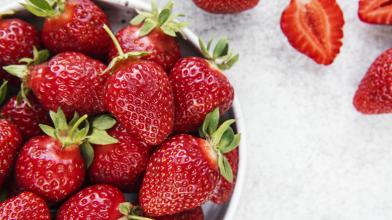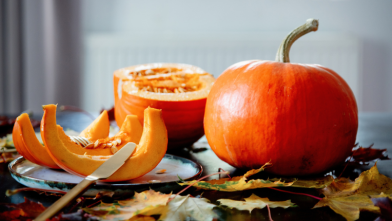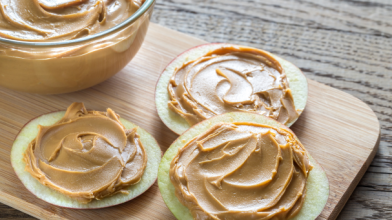Cranberries are small, round berries with a bright red color and sour flavor and are related to blueberries. Most cranberry products have added sugar because unsweetened cranberries are sour and hard to eat. If you’re living with diabetes, reading food labels and choosing cranberry products with the least amount of added sugar and grams of carbohydrate will make it easier to fit them into your eating plan.
Nutritional Benefits of Cranberries
There’s a ton of nutrition packed into these tiny berries. One cup of fresh cranberries has just 45 calories, 12 grams of carbohydrate, 4 grams of fiber, and 0 grams of fat. They also contain a quarter of the daily requirement of vitamin C plus many antioxidants. These antioxidants may help manage blood glucose and blood pressure and prevent cancer from forming.
Cranberry juice can also help reduce the risk of urinary tract infections (UTIs). Cranberries are high in vitamin K, which helps to thin blood. Those that take blood thinners like warfarin should avoid or only drink small amounts of cranberry juice. If cranberry juice is a regular part of your eating plan, discuss this with your health care provider, registered dietitian, or diabetes care and education specialist.
How to Pick the Best Cranberries
You can find fresh cranberries at the store seasonally around the holidays, usually late October through January.
When shopping for fresh cranberries, look for shiny and plump berries with no bruises. The darker the berries, the more antioxidants they contain. Wrapped in a plastic bag, they’ll last for about a month in the fridge. Canned cranberry sauce, cranberry juice, frozen cranberries (which are great for dishes that require softened berries), and dried cranberries can be found year-round.
Cooking with Cranberries
When choosing cranberry products, be sure to read the label to check for added sugars and total grams of carbohydrate. Cranberry juice can be found unsweetened or sweetened. Unsweetened cranberry juice is the most effective for preventing UTIs but can taste sour. Try mixing half unsweetened with half sweetened cranberry juice for less sugar or use a low calorie sweetener. Make sure to buy 100 percent cranberry juice rather than juice cocktails, which have more sugar, grams of carbohydrate, and are mixed with other juices such as apple or pear.
Try mixing dried unsweetened cranberries into cornbread batter, as a topping for oatmeal, or in trail mix with nuts and seeds. Frozen cranberries taste great tossed in a smoothie along with other berries such as raspberries and blueberries. And fresh cranberries will sweeten and caramelize when roasted alongside carrots or potatoes.








